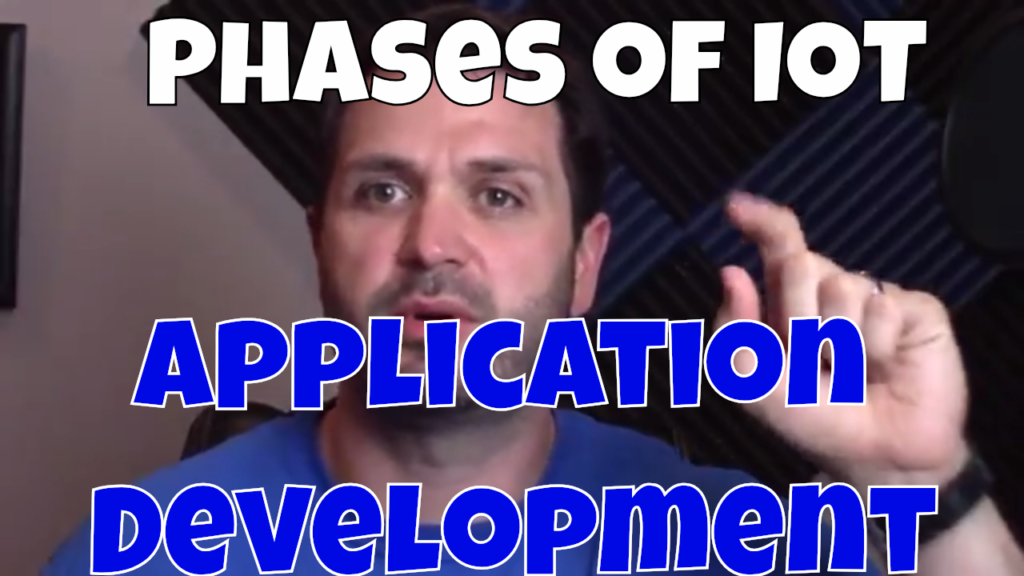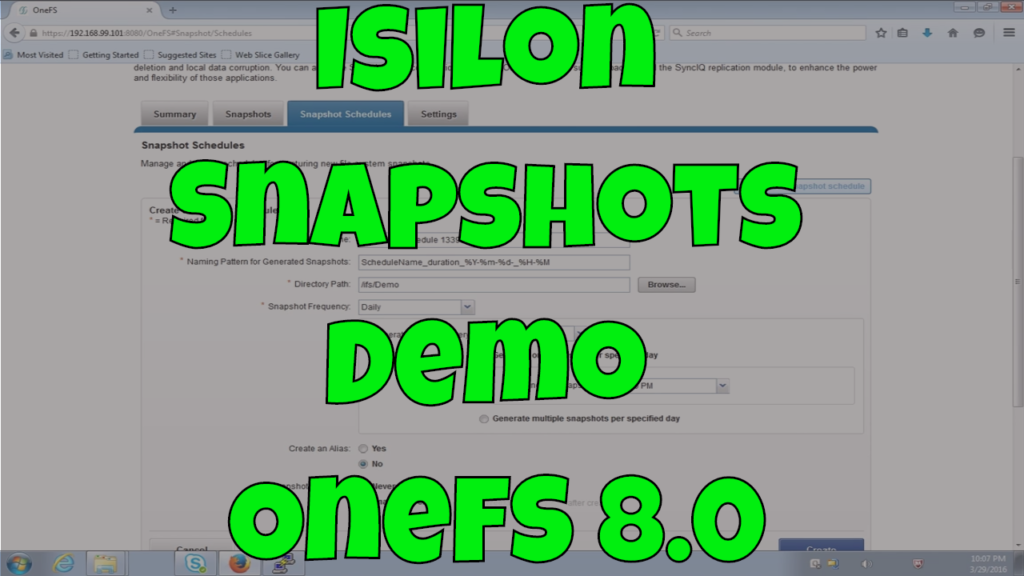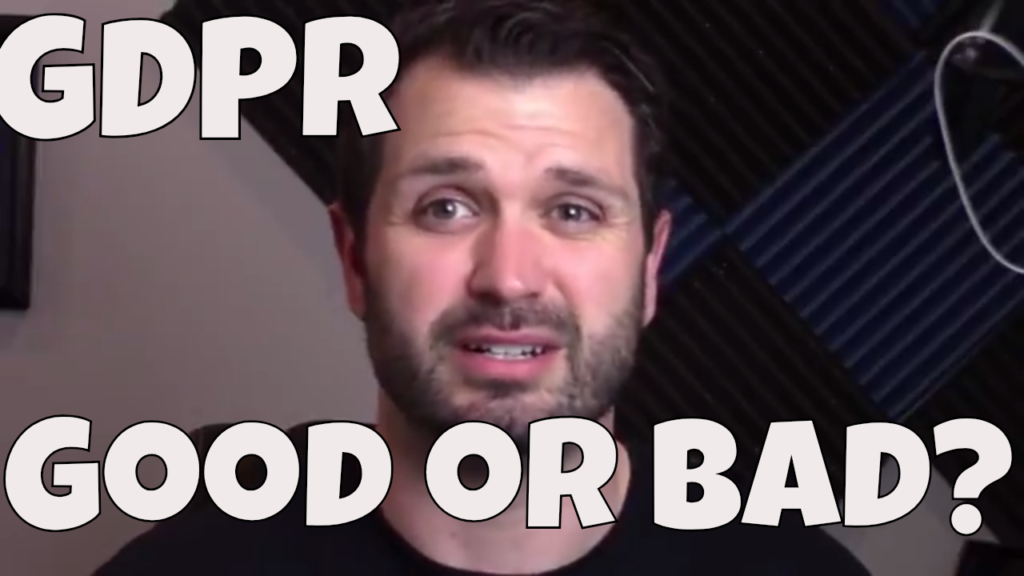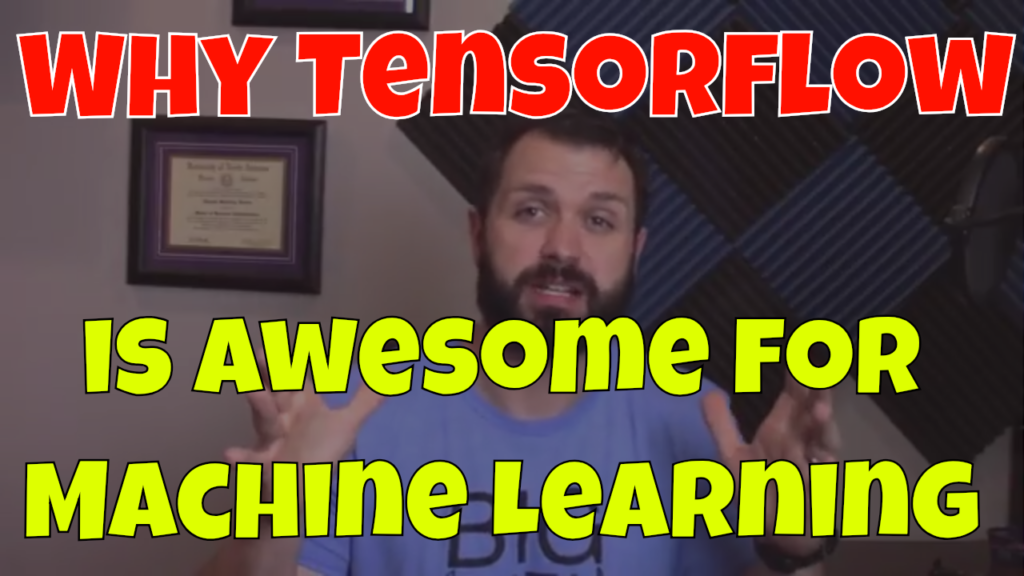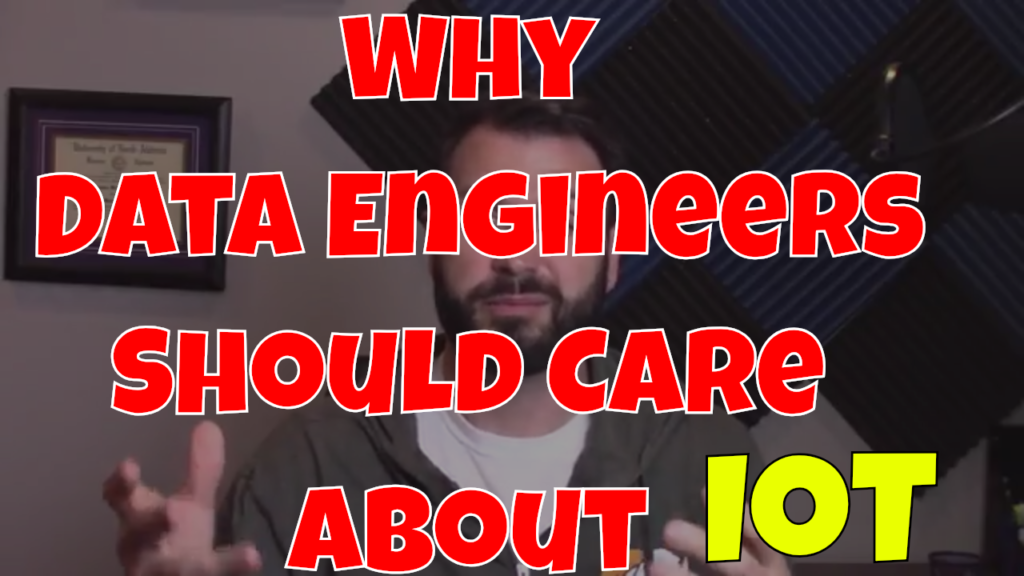IoT Application Development
The Internet of Things is generating many opportunities for Data Engineers to develop useful applications. Think about self driving cars, they are just one large moving IoT devices. When developing IoT applications developers typically start with 3 different phases in mind. In this video I will explain the 3 Phases of IoT Application Development.
Transcript – Phases of IoT Application Development
Hi folks, Thomas Henson here with thomashenson.com, and today is another episode of Big Data Big Questions. And so, today’s episode, I wanna talk more about IoT. So, I know we started talking about it in the previous video, but I really wanna dig into it a little bit more because I think it’s something very important for data engineers and anybody involved in any kind of modern applications or anybody involved in Big Data. So, find out about the phases, the three phases of IoT right after this.
Welcome back. And so, today, we’re gonna continue to talk more about IoT or Internet of Things. And so, if you’re not familiar, I’ve got a video up here where we talked about why it’s important for data engineers to know, but I think it’s important for anybody involved in modern applications or even on the business side of things. You’re really gonna see a lot of different information that’s being able to come into your data center and into your projects because of these sensors out there. So, let’s get a little more comfortable with what’s going on with the technology and how that’s gonna implement to us.
And so, in this video, I wanna talk about the three phases. So, I think there are three phases of IoT and I think we’re starting to get into the third phase, and you’ll see why it’s gonna make sense for data engineers and modern applications when we talk about that third phase.
And so, just as a recap, remember, IoT, it’s not a new concept, it’s the ability to have devices. So, we have devices out in the physical world that are gonna have some kind of IP address, but us also be able to send data and receive data back from your core data center or from your core analytics processing. So, think about the example I’ve used before is the dash button, right? You have a dash button where if you’re out of toilet paper or if you’re out of whatever it is in your house, you’re able to push that button. It connects out to a gateway, it’s locked in the cloud with Amazon to be able to say, “Hey, order some more [INAUDIBLE 00:02:02] of this particular brand,” and sent it to your door, so a real quick example there.
But let’s talk a little bit more about the phases and I think that will give you a more understanding of, “Okay, this is how that concept and how that whole ecosystem of devices and data and gateways all work together.” And so, I think just like from a web development perspective when we talked about, hey, Web 1.0 and Web 2.0, I think with IoT, we’ve gone through phases of IoT 1.0 and 2.0. I think that these phases are more collapsed than the phases of the web, and part of that is just we change so fast.
And so, the first phase was everybody had a sensor, right? Maybe this is not a smartwatch, but think about tracking and the smartwatches, everybody is like, “Oh, it’s kinda cool, right? I can get in contest with my friends and track how many steps I have.” That’s pretty cool. Really, we didn’t understand what to do with it. It was still kind of somewhat of a novelty and so everybody who already had this since just really didn’t know what to do with them other than just tracking, right? That’s kinda things that we had been doing before, but now we have an internet connection and we can kinda control them on our phone.
Fast-forward into phase two, so once we go into phase two, it wasn’t just about these smart trackers and these devices that were attached to us, but it started to become… we had smart everything in our homes, right? So, in phase two, we started having, think of a refrigerator, so you had a smart refrigerator, and people are like, “Well, that’s kinda cool. We have a refrigerator that’s connected to the internet. I can look at photos of it from my phone. And so, if I’m at the grocery store, that’s like, hey, do I need any more ranch dressing or do I need any more Tide Pods…” well, maybe Tide Pods are in your refrigerator, but, well, hopefully not. But if you had pickles or things that you’re looking for at the grocery store or maybe even just your washing machine, you’re able to turn your washing machine on with your device and say, “Okay, let’s turn the washing machine on.” That’s pretty cool. You set it up.
It’s still kinda novel, not really where we’re really seeing this go because we know as data engineers and people that analytics and being able to predict and being able to prescribe outcome is where it really goes, and that’s where phase three is. So, phase three, and that’s where we’re really entering right now.
Phase three is when we’re able to take all this information. So, think of that washing machine. We’re not just turning that washing machine on from our phone. That device has diagnostics in it that’s gonna run, run those diagnostics. And so, let’s say that there’s an air in the onboard or maybe some kinda circuit, but maybe just a $10 component on your washing machine that if you replace it within the next 30 days, it’s gonna prevent you from having to get a brand new washing machine. Well, that’s pretty cool, right? That’s really cool. So, it can send you that information, but instead, it’s just sending you that information, check this out. So, that diagnostics that happens goes out, sends that information out to the data center, the data center actually looks and it finds service providers in your area because it knows where this device is, you’ve registered it. It knows where your home is. So, it’s gonna find those service providers in your area and it’s gonna send you back in an alert saying, “Hey, we found this component that needs to be replaced on your washing machine. This is gonna prevent you from having to buy a new washing machine, maybe it will prevent you from having a flood washing machine,” which man, who wants to clean up and then have to buy a new washing machine?
So, how about these are some times that we’ve scheduled, we have a service person that can come in your area and replace that part for you, when would you like to schedule that? That’s pretty awesome, right? That’s really starting to say, “Hey, we found an error. We believe this is the component that can fix it.” And then, also, here are some times for us to be able to fix it. So, how many steps did it take a human on the [INAUDIBLE 00:05:50]? Which is really good, right? From a consumer, we want products like that, right? And so, there’s a ton of different new cases that we can start to see. So, we’re starting to see that now with what I call IoT phase three.
So, the phases… just remember the phases. The first one, think of sensors everywhere, smart sensors, but we’re really just tracking things. Second became like mobile control or the ability to have smart everything, so we have the smart refrigerator, we have the smart washer and dryer, but we still just didn’t know what we could do with it. And now, we’re more into the phase three. We’re starting to prescribe, so we’re starting to have these predictive analytics saying, “Hey, these are things that might happen. Oh, and by the way, this is how we can fix it.” And, this is actually gonna give consumers and other products more information, and just a better feeling for the things. And so, it can save you time from having to pick up the phone and call to schedule a time for somebody to come in and fix your washing machine. It’s gonna prevent you from having to go out and buy a new washing machine. It makes products more sticky for those companies.
So, that’s all for today’s episode of Big Data Big Questions. Make sure to subscribe to the channel, submit any questions that you have. If you have any questions that’s related to Big Data, IoT, machine learning, hey, just send me any questions, I’ll try to answer them for you if I get an opportunity. But submit those here or go to my website. Make sure you subscribe and I’ll see you next time on the next episode of Big Data Big Questions.
